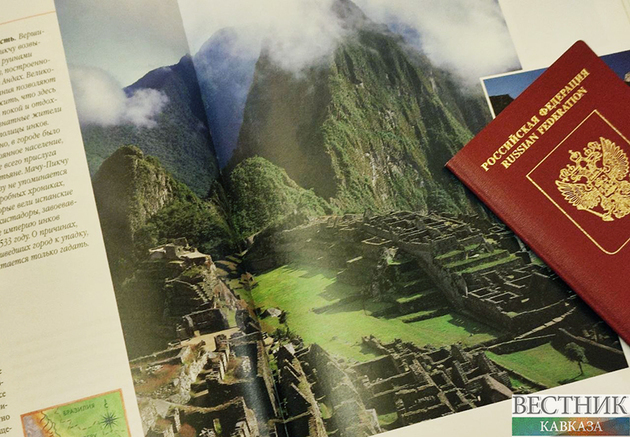After the political upheaval of president Pedro Castillo and the following protests and riots that gripped the country, the situation in Peru was not good for tourism. This led to the decision to close the ancient UNESCO world heritage site of Machu Picchu indefinitely from January 20th, Travel Off Path writes.
Background
The protests stem from a longstanding divide over social inequality and discrimination amongst the 34 million Peruvians, most notably those who live in poorer rural areas and in the Amazon. In addition, the deep mistrust of the country’s politicians is a result of years of mismanagement and corruption. 60 died during the protests. Having hosted 1.4 million tourists in 2022, the country was forecasted to receive about 3.5 million visitors in 2023.
After the evacuation of tourists, a massive drop in bookings and incoming travel followed. Many heading to Peru watched the news and monitored social media only to hear stories of stranded tourists, and volatile situations. This led to most travelers canceling their trips. The loss of tourism revenue has sent many in the country struggling to stay afloat, having only just gotten back on their feet after the crippling effects of the pandemic. Tourist hotspot Cusco has been especially hurt, with travel guides, shop owners, and guest houses feeling the effect almost immediately.
This closure and unrest have coincided with what is known to be the area’s peak tourism season.
What’s Changed?
Recently an agreement was reached between authorities, the local tourism industry, and social groups to help ensure the security of the infamous site and its connecting transportation services.
However, while Machu Picchu has reopened, there are still factors to consider when deciding if it’s time to book (or rebook) that trip to Peru anytime soon. While most of Peru’s beloved tourist attractions are open for visitors, other sites, such as Lake Titicaca, are not currently assessable via Peru (travelers must currently enter from La Paz, Bolivia if planning a visit). While protesters may have agreed to stay away from the tourist sites, protests continue in the south of the country, including in the capital of Lima.
Is it safe?
In mid-December, the Russian Foreign Ministry recommended that Russian citizens refrain from traveling to Peru. On January 17, the ministry reiterated earlier recommendations, urging Russians already in the country to take precautions and avoid crowded places.
The most important thing to remember when considering a trip to any location that might be considered unsafe is to keep an eye on the official sources for any latest travel advisories.
The situation in Peru is very fluid and changing day by day. While Machu Picchu might be open today, it is impossible to determine if it will remain open in a week’s time. If you are contemplating booking a trip to Peru, consider spending the extra money for a refundable ticket or travel insurance to cover any cancelations.
Russian citizens do not need a visa for tourist trips to Peru for up to 90 days, coronavirus restrictions have also been lifted.






